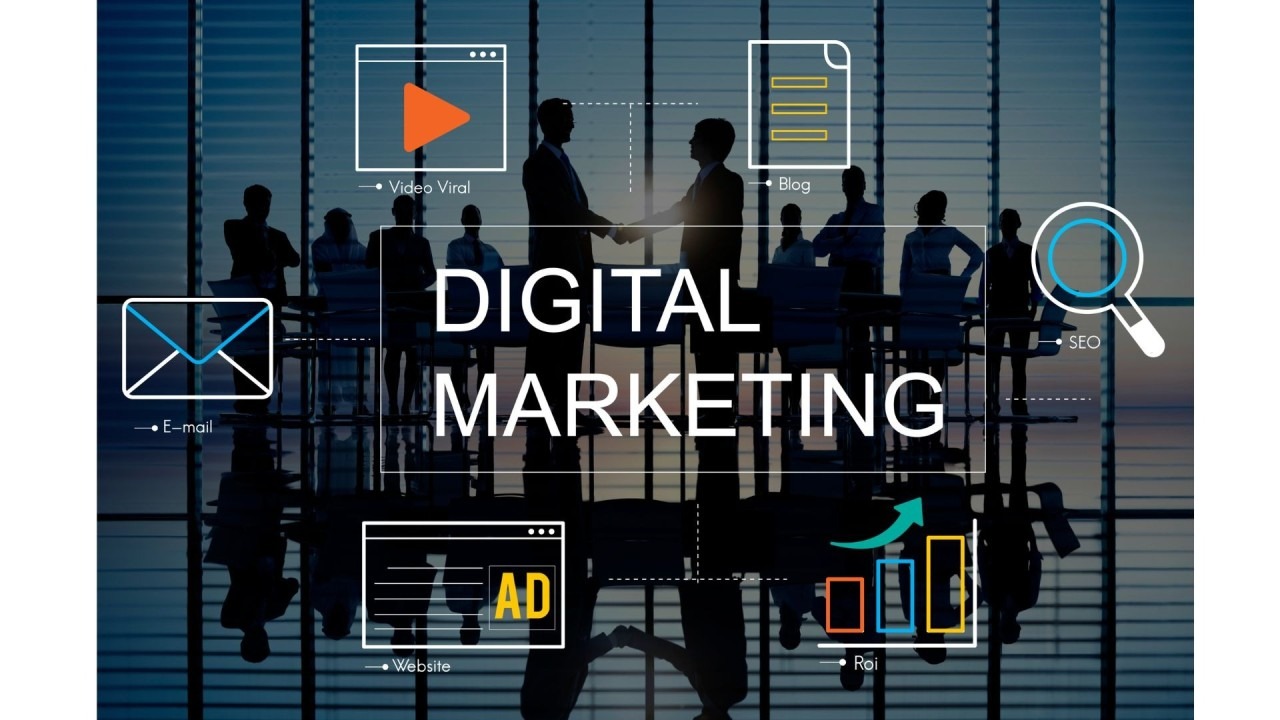It’s easy to get excited by numbers, impressions, clicks, and followers. But none of those matter much if they don’t translate into tangible results. In digital marketing, the ultimate goal isn’t just to get attention; it’s to convert that attention into meaningful action. Whether it’s a purchase, a sign-up, or a share, conversions are where value is created. The journey from clicks to conversions is both a science and an art and when done right, it transforms casual viewers into loyal supporters.
In today’s digital space, the customer journey is no longer linear. It’s a zigzag path across platforms, devices, and moments. From seeing an ad on social media to searching for a product review on their phone to clicking ‘buy’ on a desktop, finally this path is messy but full of potential.
Getting someone to notice your content is a win, but it’s just the beginning. Awareness without action is like a spark that never becomes a flame. The real power in digital marketing begins when attention turns into intent, and intent becomes engagement.
Engagement can feel rewarding likes, shares, comments but it doesn’t always mean someone is ready to act. Conversion means commitment. It means a user is not just interested but invested. And getting there requires more than flashy graphics or catchy slogans. It requires strategy.
The marketing funnel is a classic concept, but in digital marketing, it’s constantly evolving. What remains constant is the need to guide users gently and effectively from one stage to the next without forcing, faking, or overwhelming.
You can’t trick people into buying something they don’t want. Today’s audience is more intelligent, more sceptical, and more informed than ever before. They value authenticity and transparency. Building trust through consistent messaging, social proof, and quality content is essential for turning interest into action.
Every extra step, confusing layout, or slow load time increases the chance of losing a potential customer. Digital marketing must prioritize ease and clarity. The smoother the experience, the higher the chance of conversion. If someone has to guess where to click next, you’ve already lost them.
Many marketers get caught up in vanity metrics things that look good in reports but don’t reflect actual performance. Conversions, on the other hand, are tangible. They represent outcomes. But even within conversion tracking, context matters.
A download, a subscription, a sale they’re all conversions, but they carry different weights depending on your goal. Understanding your objective is key. Is your campaign about building a list, making a direct sale, or increasing brand loyalty? Tailor your strategy and your metrics to reflect what counts.
One of the more complex challenges in digital marketing is figuring out what caused a conversion. Was it the email campaign? The retargeting ad? The blog post someone read three days ago? Attribution models help you understand which parts of your strategy are pulling their weight and which aren’t. And this insight drives smarter decisions.
Digital marketing runs on data, but raw numbers don’t tell the whole story. It’s the ability to read between the lines that separates good marketers from great ones.
At the heart of modern marketing is a growing recognition: standing still is no longer an option. No Standing represents more than a phrase; it’s a mindset. It’s the commitment to evolve, to test, to adapt. Marketers who adopt a “No Standing” philosophy recognize that the digital world moves quickly, and waiting too long to act can result in falling behind.
Campaigns that once worked may suddenly stall. Audiences shift, platforms change, attention spans shorten. But in the face of all that, those who are nimble, curious, and willing to let go of yesterday’s wins are the ones who keep moving forward.
Data can reveal friction points, show you what’s working, and inspire new ideas. It’s not about drowning in spreadsheets, it’s about asking the right questions. Why did this ad perform better? Why did conversions drop on mobile? The answers are there if you’re willing to look, dig, and listen.
Technology drives digital marketing, but the people behind the screen still crave connection, meaning, and relevance. Never forget: conversion isn’t just a technical outcome, it’s a human decision.
When you understand your audience’s needs, fears, hopes, and behaviours, you don’t have to push them to act. You guide them. Good marketing feels like a helpful hand, not a hard sell. When users feel seen and understood, trust builds and trust leads to action.
Effective digital content does more than inform it inspires. It answers questions before they’re asked. It solves problems before they arise. And most importantly, it speaks in a voice that feels real, relatable, and relevant.
Clicks are exciting. They show you’ve caught someone’s eye. But conversions that’s where the magic happens. That’s where brands grow, messages stick, and relationships begin. The true power of digital marketing lies not just in reaching people but in moving them. Not just grabbing attention but earning trust. And not just being seen but being chosen.
Keep testing. Keep creating. Keep connecting. And always remember: the most powerful digital marketing doesn’t chase metrics, it earns moments.
